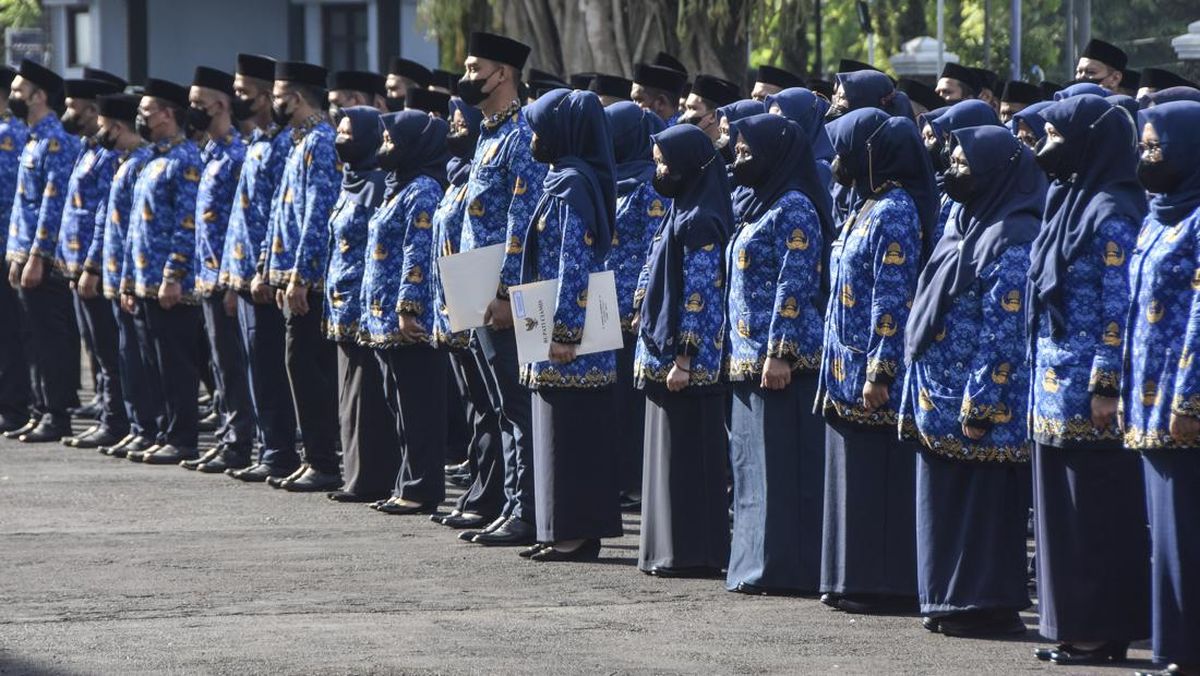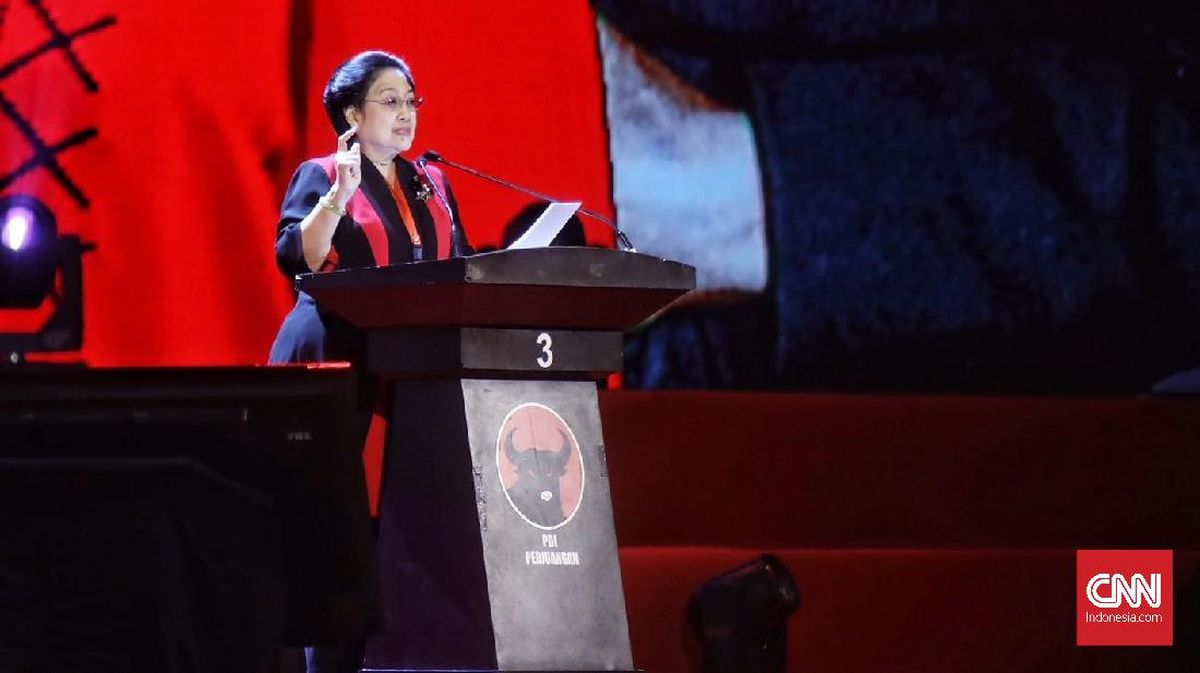TEMPO.CO, Jakarta - Some Muslims worldwide have entered the month of Ramadan on Saturday, March 1, 2025. Meanwhile, others will begin fasting on Sunday, March 2, 2025. During the evenings, mosques are filled with congregants performing the tarawih prayer.
Across the world, the oldest mosques stand as witnesses to the history of Islam. Each mosque tells its own story from the past, offering a window into the lives and eras unfolding within its halls and courtyards. Here are the 10 oldest mosques in the world, as compiled by Muslim Memo:
1. Masjid al-Haram, Mecca (Saudi Arabia)
Masjid al-Haram, also known as Masjidil Haram, is the oldest and largest mosque in the world located around the Ka'bah. Prophet Ibrahim (AS) and his son Prophet Ismail (AS) laid the foundations of the Ka'bah, as mentioned in the Quran.
Located in Mecca, Saudi Arabia, Masjidil Haram is a place of prayer and circumambulation for millions of Muslims during the Hajj and Umrah pilgrimages.
This is the largest mosque in the world, and it is never empty, and its every view is always captivating. In the daytime, the sunlight glistens on the white marble floor of Masjidil Haram, adorned by illuminating minarets and beautiful lights at night.
2. Masjid al-Aqsa, Jerusalem (Palestine)
Masjid Al-Aqsa, located in Jerusalem, is an essential site in Islam. This mosque marks the end of Prophet Muhammad's Isra' journey from Mecca and stands near the Dome of the Rock in Al-Haram al-Sharif. The origins of this mosque can be traced back to the seventh century and have been a focal point of conflict and reverence throughout history, as reported by Times of India.
The current structure mostly dates back to the 11th century and serves as a place of daily prayers and large gatherings on Fridays. For Jews, this site is also significant as the location of King Solomon's first temple in the Bible, which was destroyed by the Romans in 70 CE.
3. Masjid Quba, Medina (Saudi Arabia)
Prophet Muhammad (SAW) laid the foundation of Masjid Quba when he first reached Medina in 622 CE.
As mentioned in The Pilgrim, Masjid Quba is located outside Medina, about six kilometers from the village of Quba in Saudi Arabia. However, after the expansion of the city of Medina a few years later, Masjid Quba became an integral part and a popular pilgrimage and worship site within the precincts of the holy city of Prophet Muhammad SAW.
According to Islamic history, the location of Masjid Quba is where Prophet Muhammad (SAW) stayed and performed the fajr prayer on the first night after arriving in Medina. Subsequently, the Prophet SAW built Masjid Quba there.
4. Masjid Nabawi, Medina (Saudi Arabia)
Masjid Nabawi was built by Prophet Muhammad (SAW) in Medina in 622 CE, a few months after Masjid al-Quba.
What makes the construction of Masjid Nabawi remarkable is the involvement of Prophet Muhammad (SAW) himself. The Prophet worked alongside his companions, carrying bricks and stones, emphasizing the love and communal spirit that gave birth to this sacred mosque, according to the site Life in Madinah.
5. Masjid al-Qiblatain, Medina (Saudi Arabia)
Masjid al-Qiblatain (Mosque of the Two Qiblas) was built in 623 CE. As reported by Arab News, the mosque, built by Sawad bin Ghanam bin Kaab in the second year of Hijrah, holds significant historical value for the Muslim community. Here the revelation of the Quran came to Prophet Muhammad to change the direction of the Qibla.
The Qibla, or the direction faced by the Muslim community during prayer, was changed permanently from the Al-Aqsa Mosque in Jerusalem to the Ka'bah in Mecca.
6. Huaisheng Mosque, Guangzhou (China)
The Huaisheng Mosque was built around 627 CE by Sa'ad bin Abi Waqas (RA), the uncle of Prophet Muhammad SAW. He was part of the first Muslim delegation sent to China in the 620s during the Tang Dynasty (619-907). At that time, Muslim traders came to China via the Silk Road. The early contact of Islam with China took place in this region, subsequently spreading to other areas. Hence, Guangzhou can be termed the birthplace in China, as reported by China Highlights.
As one of the oldest mosques in China, and outside of the Middle East, the Huaisheng Mosque is a building of high religious and historical value. The tall white minaret of the mosque echoing the ancient caravans that traveled the Maritime Silk Road along the deserts of the Arabian Peninsula, not only brought trade and merchandise but also a range of ideas, skills, and philosophies.
7. Jawatha Mosque, al-Ahsa (Saudi Arabia)
The Jawatha Mosque in the village of al-Kilabiyah, al-Ahsa, was built in 628 CE by the Abd al-Qais tribe, who were early converts to Islam. Since then, the mosque has been renovated several times.
The Jawatha Mosque is a historic mosque located in the al-Ahsa Governorate in the Eastern Province of the Kingdom of Saudi Arabia. This mosque is the second Friday prayer site in Islam after the Prophet's Mosque in Medina, according to Saudipedia.
8. Cheraman Juma Mosque, Kerala (India)
The oldest mosque in India, Cheraman Juma Masjid in Kodungallur is the finest example of Islamic tradition in India. There is a story behind the construction of this mosque. King Cheraman of the Chera dynasty had a vision of the moon splitting into two. Arab traders who came to the Muziris Port explained the meaning of the vision as a miracle performed by Prophet Muhammad SAW.
The king then visited Mecca to meet the Prophet, embraced Islam, and acquired a new name. On the return journey, he passed away in Salalah, Oman. However, he had given clear instructions to his traveling companions to visit his homeland. Hence, Malik Bin Dinar, a first-century Islamic preacher and wanderer, visited Kodungallur and built this mosque in his name.
9. Palaiya Juma Palli Mosque, Kilakarai (India)
The Palaiya Juma Palli Mosque is located in Kilakarai, a town in the state of Tamil Nadu, South India. This mosque was built by Yemeni traders on the orders of Bazan bin Sasan, the Governor of Yemen, in 630 CE.
10. Uqba Mosque, Kairouan (Tunisia)
The Great Mosque of Kairouan, or the Uqba Mosque, was established by the great general Hz Uqba bin Nafi (RA) in 670 CE.
Editor's Choice: Indonesian Govt to Cover VAT on Eid Holiday Airplane Tickets
Click here to get the latest news updates from Tempo on Google News

















































